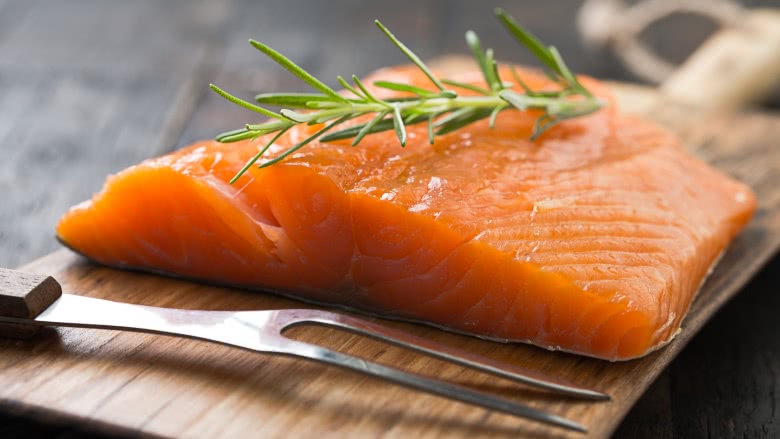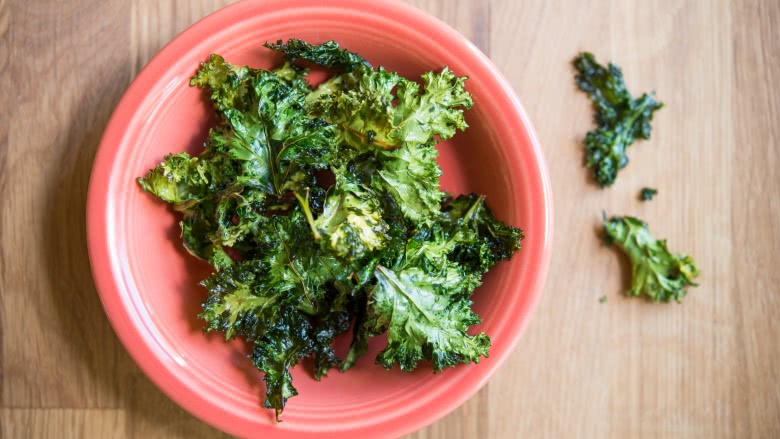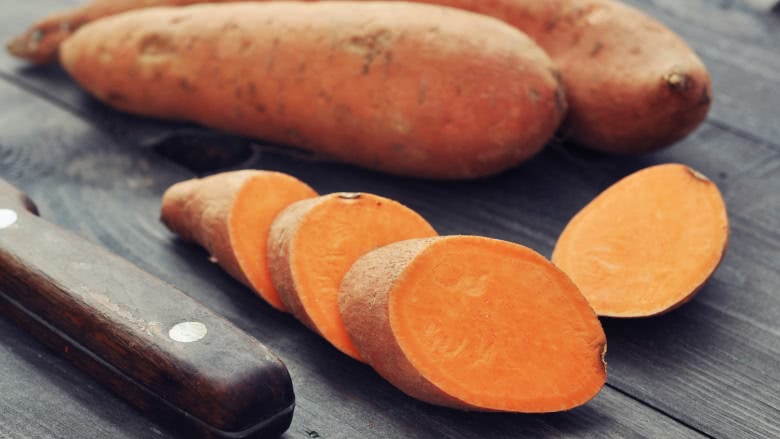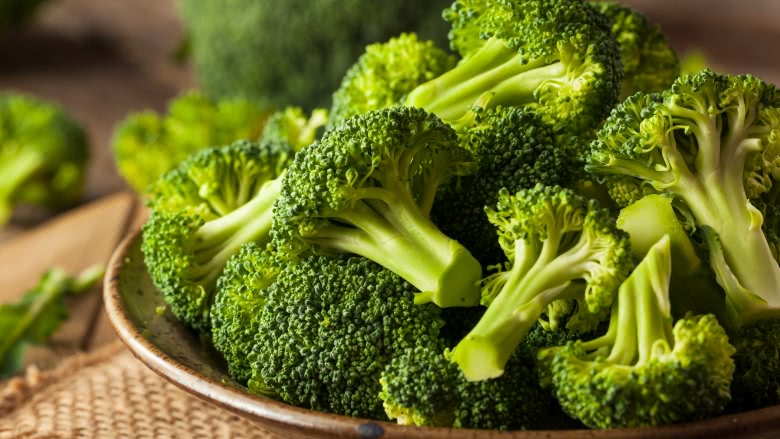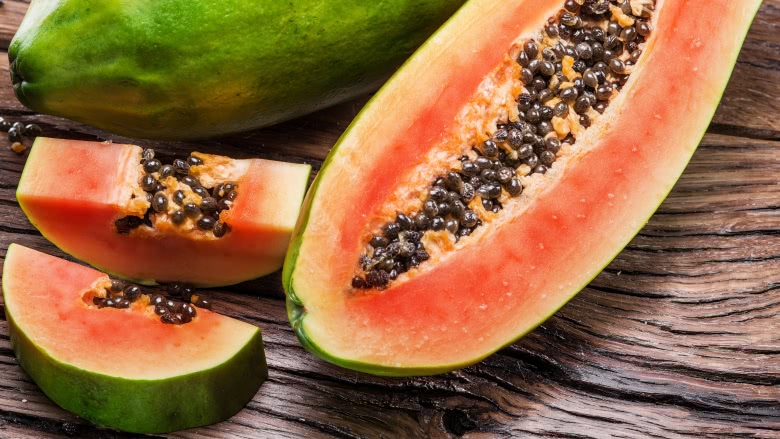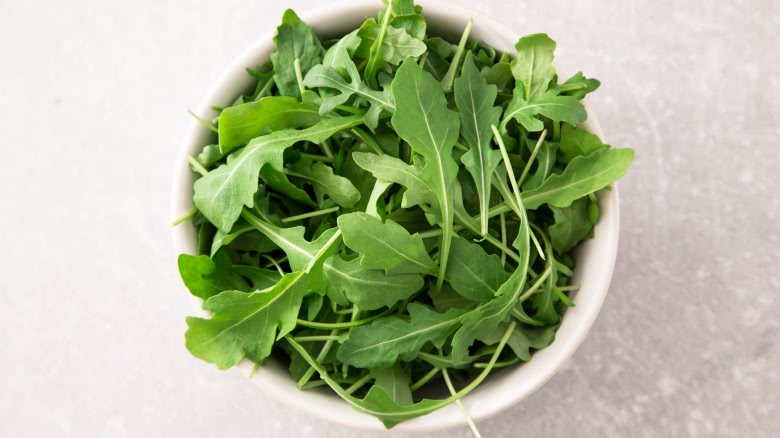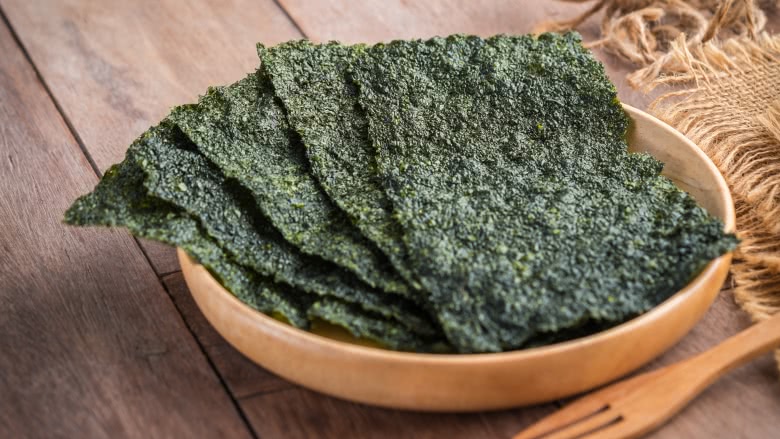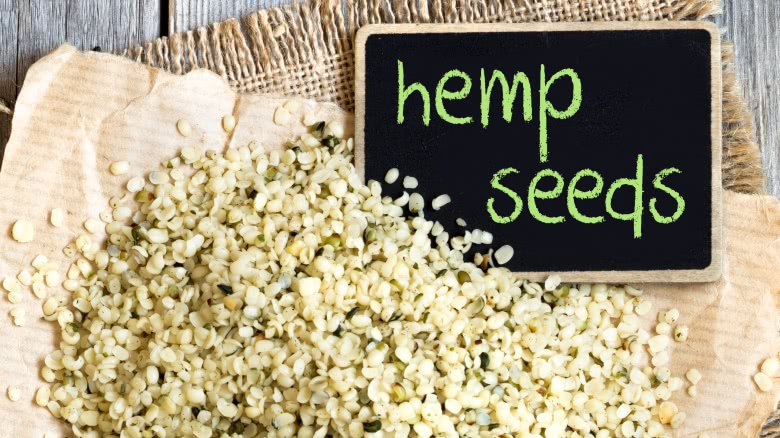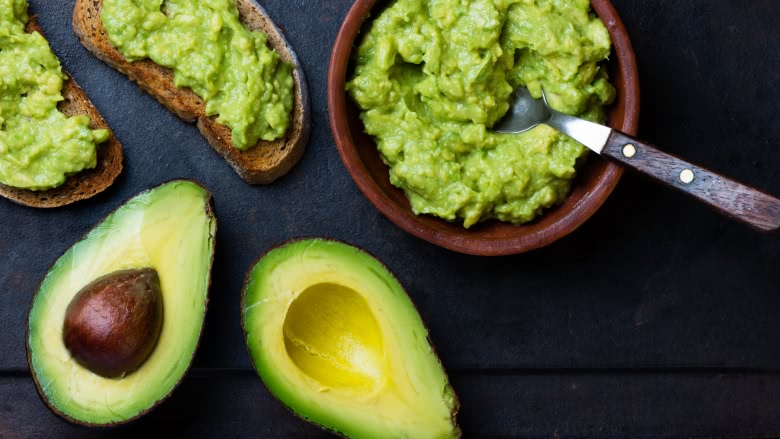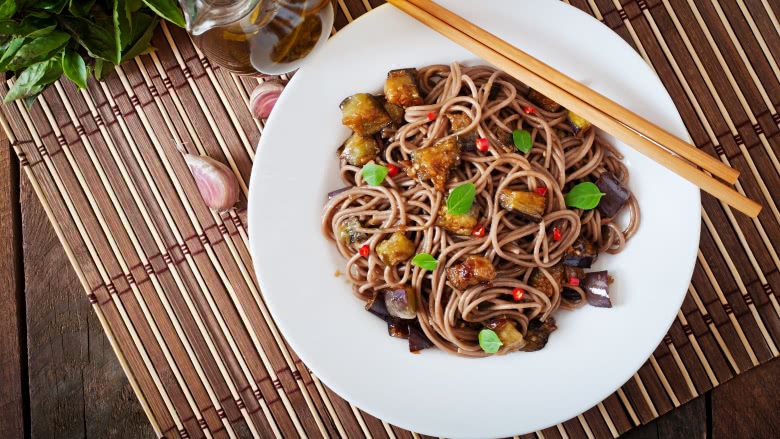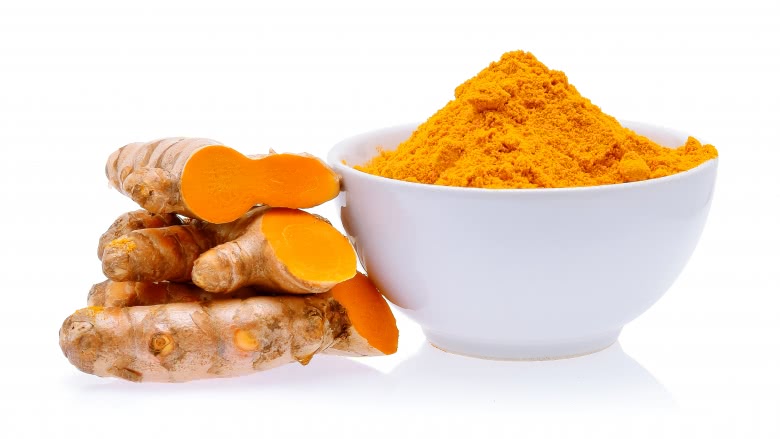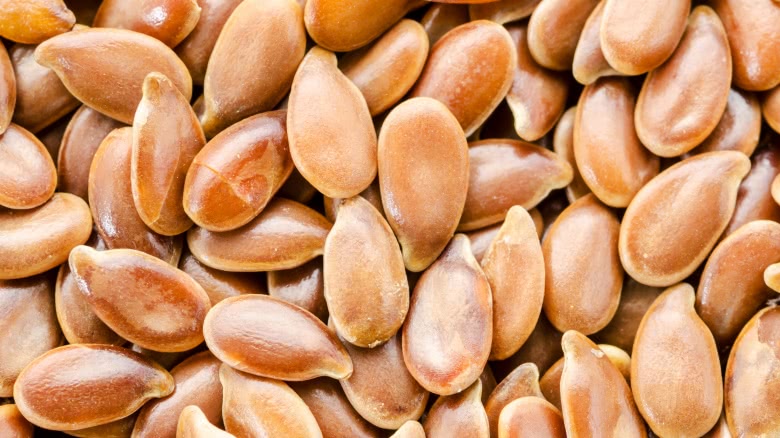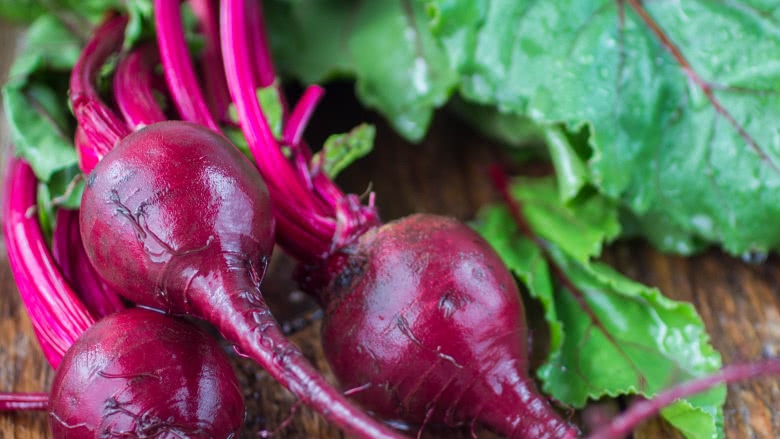How To Start Cooking With Superfoods
intro
Have you decided that you want to start incorporating superfoods into your diet? Fantastic! Congrats! Superfoods are so super because they're loaded with health benefits, so the more you eat, the better. There are oodles and oodles of superfoods, and we're hearing more and more about obscure fruits, strange nuts, and other things most people have never heard of. But there's so much information out there, it can be a bit overwhelming. How do you even get started? Where do you find these so-called superfoods? And when you do find them, what in the world do you do with them? Is it possible to make them tatse... well... good? It's best to start with several simple superfoods that are easy to find in your grocery store (there are probably more than you think), then cook them properly to reap their benefits. Once you've mastered that, just keep moving on up. Ready to get started? We've got your back!
Wild Alaskan salmon
Wild caught Alaskan salmon is a super superfood. It's rich in long-chain omega-3 fatty acids, which are good for healthy brain and heart function. Part of the reason salmon is a superfood is because of what salmon eat. Red algae makes them strong (and pink) and gives them the ability to form those long-chain omega-3 acids that are so important— EPA and DHA.
Farm-raised salmon don't so much eat the algae. They eat what the farms feed them: high-protein food pellets. Since the fish aren't reading the red algae, they aren't pink, so farms add synthetic astaxanthin, a toxic chemical, to make them look they way they're supposed to. With all that info, we'll stick with wild Alaskan salmon. When cooking it, you pretty much can't lose, unless you cook it in butter or cover it in cheese. Lightly grilling or broiling salmon can produce a great flavor, or you can buy canned salmon for this wild Alaskan salmon superfood salad.]
Kale
Kale, kale, kale. It seems like, for the last few years, all we've been hearing about is kale and people are sick of it. Granted, some stores and restaurants have gone a bit overboard, but ultimately, the green stuff is really, really good for us. A little more than a cup has 9 percent of your daily calcium, 206 percent of your daily vitamin A and 684 percent of your daily vitamin K. In addition to that, it's loaded with iron and fiber, helps you maintain a healthy weight, and has loads of anti-inflammatory properties. It's totally OK to eat kale raw, and there are some tasty ways to cook it that are still really good for you.
Crisp it in the oven with some extra virgin olive oil and lemon juice. Or, if crispy kale isn't your thing, you can saute it with a bit of olive oil. Over-steaming it is a mistake, but you could quick-steam it and dress it with garlic and olive oil. Yum!
Sweet potatoes
Sweet potatoes are superfoods because they have vitamins B, C, and D, have iron to help boost your immune system, and are full of potassium and magnesium. They're low in fat, and unlike other potatoes, they don't cause a carb-ridden blood sugar spike that can be dangerous for people with diabetes and cause you to be hungry very soon. In other words, sweet potatoes are good for you and fill you up.
To cook sweet potatoes without losing all those healthy nutrients, try not to cook them in water. Some say boiling them can diminish the vitamins, but if you must, boil them whole with the skins on. Roasting them may retain the vitamins, but it will bump up the sweetness and starchiness, so choose what's best for you based on your dietary needs.
Broccoli
The have crowns, so it feels right to call broccoli the superfood royalty. It's good for you raw, roasted or sauteed, and can taste amazing. It's high in magnesium and vitamin C, which not only boosts immunity, but also promotes the body's production of interferon, which is an antibody that can keep infection and viruses from getting into your cells. It's also loaded with calcium, which helps your bone health and your blood pressure.
When you cook broccoli, don't overcook it. If you cook it for too long, you break down the superpowers of broccoli, and that's no good. Steaming it lightly keeps most of its goodness and is super tasty with a little bit of organic butter and a dusting of raw almond slivers (also a superfood).
Papaya
Papayas are so good for you, we should eat them far more often than we do. They're loaded with nutrients and have a tremendous amount of health benefits. Their high vitamins C and A content help the body fight the accumulation of cholesterol. It also contains enzymes that can break proteins down into amino acids, which aids in digestion.
To maximize the digestive benefits of papaya, have some fresh, ripe papaya as dessert after a big meal. Pregnant women should avoid unripe papaya, which contains green papaya latex and can cause contractions. Fully ripe, non-green papaya should be safe.
Arugula
Arugula is not a leafy green vegetable, despite the fact that is, appearance-wise, leafy and green. While kale and lettuce are leafy greens, arugula is a cruciferous vegetable, like broccoli. Arugula has a spicy, peppery flavor, provided by the healthy glucosinolates in the leaves. These compounds may help prevent cancer, and they are full of fiber. Store arugula dry, because it will rot fast if you store it with other, more water-filled vegetables.
There are lots of ways you can prepare arugula for a delicious and nutritious boost. Just make sure you wash it well and remove any wilted or yellow leaves. You can steam it, saute it, mix it in with eggs or top a pizza with it.
Seaweed
Seaweed is a pretty general term, but most of the subcategories, including nori, kelp, arame, dulse, wakame and kombu share a lot of the same health benefits. They contain vitamin K, which helps our bodies form blood clots, plus lots of calcium and iron.
The taste, at first, might not be everyone's cup of tea, but the umami quality of kelp makes it a popular food of more adventurous eaters. Use seaweed in a salad, as an ingredient to salad dressing or in noodle soups for a great and healthy meal.
Hemp seeds
Hemp seeds contain all sorts of health benefits. They're rich in protein, full of omega-3 fatty acid and they contain over two thirds of the body's daily need of vitamin E. Hemp seeds get a bad name because they're from the same species as the cannabis plant, but they're not the same thing — more like very distant cousins. Hemp seeds actually contain only very small levels of THC.
Hemp seeds can be eaten any old way. Raw and whole, shelled, pressed into oil or toasted, the health benefits stay the same. Eat them by the handful for a snack that will taste a lot like sunflower seeds, or sprinkle them on a salad for a nice crunch.
Avocado
Don't shy away from avocado because of the fat content. It's healthy fat! In addition to that, the avocado is high in fiber, full of potassium, folate and lots of vitamins and minerals. This berry (yes, it's a berry!) is so versatile you can eat it with almost anything. Just choose a firm avocado and let it ripen for a few days, and when it's ready to eat it will give a little when you squeeze it, but you'll be able to cut it very easily.
You can eat avocado plain sprinkled with a bit of sea salt and hemp seeds, or you can spread it over toast, pop it into a smoothie so it will impart a creamy texture, or slice one over a salad for an interesting texture profile (and you can skip the dressing!). You can also mash it up to create a tasty guacamole.
Buckwheat pasta
Buckwheat is a healthy superfood most commonly used in groats (regular and roasted), flour for baking, soba noodles and regular buckwheat pasta. Buckwheat is high in fiber, protein and flavonoids — antioxidants that protect our cells from damage. Buckwheat is also low on the glycemic index and is naturally gluten-free, so it's great for people with celiac disease and also for people with diabetes.
Buckwheat pasta is an easy ingredient because pasta is so versatile and filling — just make sure you read the label. A lot of companies are selling pasta that has buckwheat in it, but it also contains other flours. Make any of your usual pasta dishes substituting buckwheat pasta for the usual stuff and you'll have a kid-friendly (and grown-up friendly) dinner. If pasta isn't your thing, you can use buckwheat flour instead of regular flour in muffin or other baking recipes and reap the same health benefits.
Turmeric
While not everyone has turmeric in their spice rack, they should. This superfood has tremendous health benefits. It can protect the heart and reduce cholesterol. It has anti-inflammatory properties and is good for people with those types of disorders — from psoriasis to arthritis and gut issues. It may even protect the brain from Alzheimer's.
Combining turmeric with pepper and a fat is an easy way to help your body absorb the curcumin — the ingredient from turmeric that provides the benefits. Mix it into a smoothie or, beans or a rice dish, or add it to your favorite tea.
Flaxseeds
Flaxseeds have a ton of health benefits. They contain omega-3's, fiber, protein, and lots of vitamins and minerals. All those things can lead to healthier skin and nails, lower cholesterol and, maybe, weight loss. They also contain something called lignans that, when converted by our body's intestinal bacteria, can balance hormones and potentially fight cancer. And, because of those hormonal effects, flaxseeds can also help ease the symptoms of menopause.
You have to be careful, though, because if you just eat flaxseeds whole without chewing them thoroughly, you're less likely to reap any of those health benefits. Add them whole or ground to smoothies, baked goods or salads for best results.
Beets
Many of us have memories of being told to eat our beets — and we didn't want to. Our grandmas might have tended to serve pickled beets, or beets that were boiled down to mush. So, when nutritionists and specialists say that we need to eat beets, a lot of us ignore that advice. We shouldn't, because beets really are a superfood. They are loaded with lots of good-for-us things like betalains (they are what give beets their color) which are an antioxidant that could prevent cancer. They contain the ABC's (vitamins, that is), which is great for the immune system, and they have potassium and fiber. They also contain lots of folate, which is great for healthy pregnancies, good brain function and might even prevent hair loss.
To make beets more palatable, try roasting them. They bring out the natural, earthy flavor in them. Try making a roasted beet salad with sweet pea shoots and creamy goat cheese or salty feta. Or, if you have more of a sweet tooth, try using beets to make a ginger beet sorbet or even a red velvet cake. Beets pair wonderfully with chocolate!

